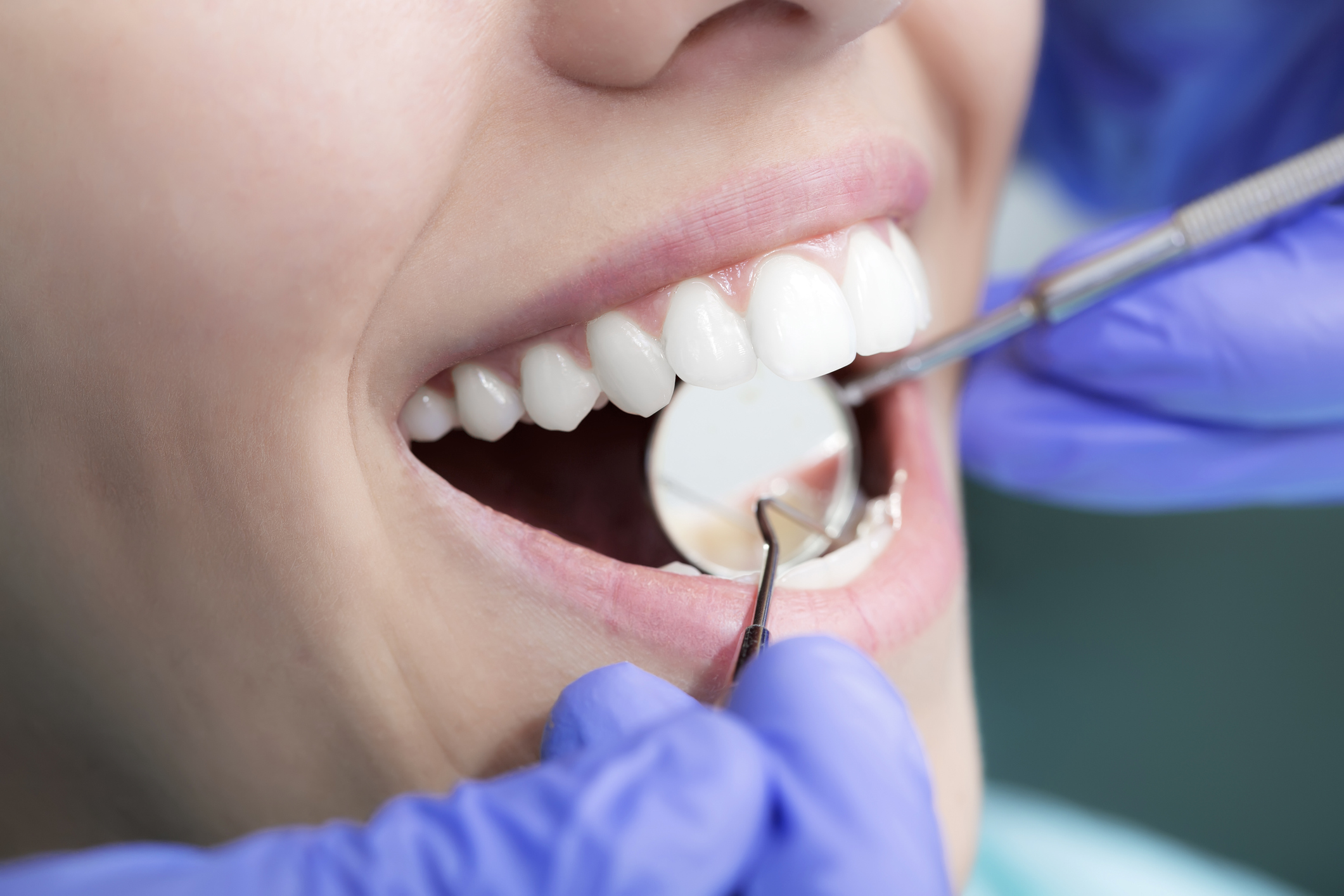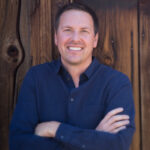OPINION: It’s time to fight the fine print in dental insurance policies

Dental insurance companies, with their dazzling brochures and impressive jargon, promise to safeguard our pearly whites from the perils of cavities and root canals. But, as with all things in life, there is a catch. Dental insurers, you see, are masters of the fine print. They lure us in with promises of low premiums and comprehensive coverage, only to reveal that their plans are more complex than a mouthful of braces and colorful bands.
But fear not, for there is hope thanks to bipartisan action by the Nevada Legislature. Last year, the Legislature unanimously passed Senate Bill 393, which ensures that dental insurance premiums are primarily spent on dental care. The Patients Before Profits legislation is a common sense dental insurance policy that has already been in effect for medical health insurance for more than a decade. The law mandates dental insurers spend no less than 75 percent of premiums on patient care, with the remaining 25 percent available for insurance company overhead costs such as marketing, administration and CEO bonuses. Dental insurers will also be required to report their spending of your premiums, known as medical loss ratio, to the Nevada Division of Insurance for oversight, accountability and transparency.
Since Nevada’s passage of the Patients Before Profits legislation and a similar Massachusetts ballot initiative that resulted in a mighty 83 percent requirement of premiums spent on care, nine state dental societies have introduced medical loss ratio for dental insurance legislation. These are Illinois, Nebraska, New York, Oklahoma, Pennsylvania, Rhode Island, Virginia, Washington and West Virginia. Arizona and Colorado adopted legislation in 2023, and New Mexico adopted legislation in 2022. The national progress on medical loss ratio for dental insurance has encouraged dental insurers to compromise with patients, dentists and legislators on a legislative model, which was adopted at the National Council of Insurance Legislator’s January 2024 meeting.
There are, although, many other battles between tooth and insurance. From slow-paying claims to downcoding a procedure to keeping rates and annual maximums low and inadequate, insurers work the fine print the way other artists might work in oils or clay. True masters.
The annual maximum, for example, is the amount that your dental insurance will pay toward the cost of dental services and/or treatment in a benefit-plan year. Once the annual maximum is reached, any further dental services you receive are 100 percent your responsibility to pay until the next plan year. The average maximum is $1,200 a year, which has not been increased since they were implemented in the 1960s.
Meanwhile, just like our medical health care, costs to provide and receive dental care have drastically increased during the past 50 years. With an average cost of $1,785, a single dental crown procedure is likely to exceed your annual maximum amount. Patients that need multiple crowns or procedures are either out-of-pocket for thousands of dollars or they must wait and suffer the pain until their maximum renewal.
The reality, that insurers know well and bank on, is that many Nevadans don’t use the insurance plan they pay for. The Kaiser Family Foundation found that Nevada ranks 46th worst among states for the percentage of adults who visited a dentist in 2022. The Centers for Disease Control and Prevention reported that only 60 percent of adults and 75 percent of children in Nevada reported having visited a dental clinic in the past year.
Access to care is another critical issue the Legislature may seek to address in 2025, with more than 70 percent of Nevadans living in a Dental Health Professional Shortage Area. A Dentist and Dental Hygienist Compact is being brought forth by the American Dental Association, Council of State Governments, Department of Defense and the American Dental Hygienists’ Association. The compact will establish reciprocity among participant states and reduce the barriers to license portability.
While oral-health advocates and the Nevada Dental Association continue to fight the fine print in Carson City to enhance and improve dental care, access to care and coverage, we can all do our part by simply using the insurance plan we pay for. After all, not visiting the dentist is kinda like not charging your phone. Except instead of a dead battery, you could have a dead tooth.
Paul Klein is a lobbyist with TriStrategies, a Nevada government relations and public affairs firm, that represents the Nevada Dental Association.
The Nevada Independent welcomes informed, cogent rebuttals to opinion pieces such as this. Send them to [email protected].
